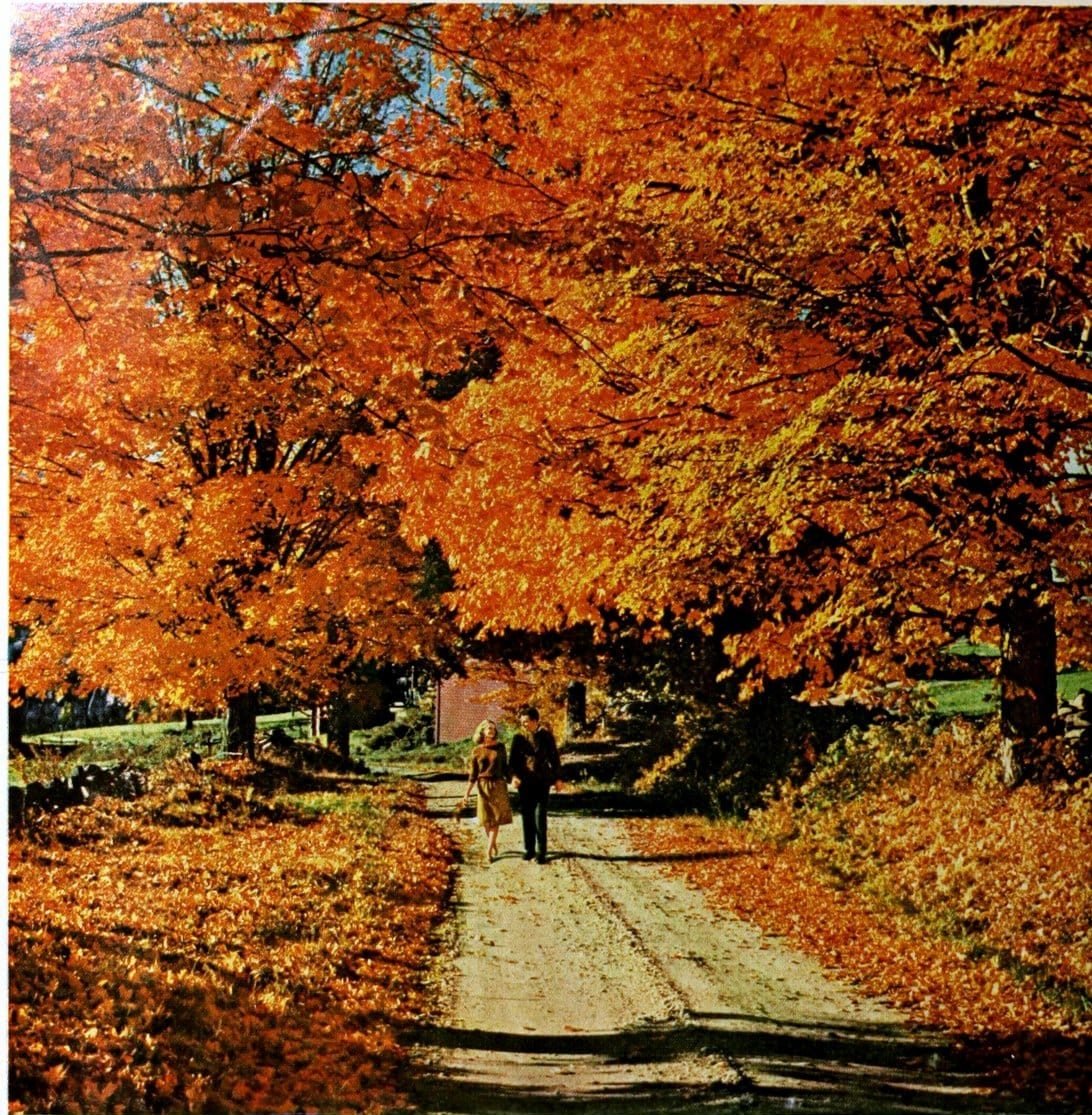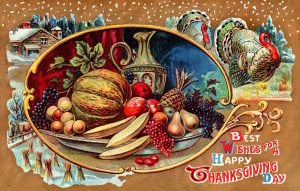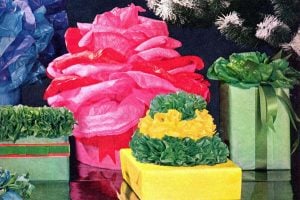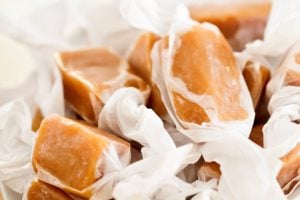How to preserve autumn leaves for keeps
In 1910, a writer for The San Francisco Call laid out a detailed method for preserving leaves that was a far cry from just pressing them in a dictionary. The process started by smoothing freshly picked leaves on a towel, covering them with a blotter, then pressing them with a warm iron. Instead of drying the leaves out completely, this step helped them stay flat while prepping them for the next part — rubbing each one with a little olive oil to keep them flexible.

Once oiled, the leaves were coated with thin layers of gum using a soft brush. This sealed them in and gave them a subtle sheen. After four rounds of gumming, with three days of drying time between each, the leaves were ready to be displayed or stored. People often saved them in hand-bound books made of cardboard, with one page for each tree type. Collecting leaves turned into a hobby that made even a simple walk in the woods feel more like an adventure.
Other methods from the era included dipping leaves in melted wax mixed with a bit of turpentine. If done carefully, this technique kept the color and added a glossy finish. The key was temperature — too hot and the leaf would shrivel, too cold and the wax would clump. For anyone who wanted something more delicate, there was also a way to create “skeleton leaves” by boiling and bleaching them until only the veins remained.
Below, we’ve reprinted these vintage instructions in full. These charming how-tos show how people over a century ago found simple ways to bring a little of the outdoors in — and how those same ideas still hold up today.
Preserve autumn leaves the old-fashioned way
It is very natural that one should wish to preserve permanently the bright-colored beauty of the leaves of fall; and many are the plans that have been devised for so doing.
To most of us, I am afraid, “preserving autumn leaves” means sticking them between the pages of the dictionary, an unpleasant process that invites insects and produces withered, dry and faded leaves. There is a better way, and here it is.
Spread the leaves out on a towel, with the shiny sides up. Smooth them out carefully, but not too stiffly, and over then place a thick blotter large enough to cover them completely. Then with a not-too-hot iron press down hard upon each leaf; do not simply iron over the whole blotter.

To make the leaves pliable as well as durable, now rub the upper surface of each lightly with a soft cloth dipped in olive oil; do not brush the leaf, but rub the oil in gently and yet firmly.
Finally, to give a permanent coating, dip a camel’s hair brush in thin gum and brush the leaves all over, not forgetting the stems. Do not let beads of the gum harden around the edges of the leaves, spoiling the delicate outline. Have the gum thin enough to dry quickly, so that the leaves do not stick to the towel. Gum four times, with an interval of three days after each gumming.
Leaves thus preserved can be kept indefinitely, and should be properly arranged. A good plan is to keep a book of cardboard pages, one for each variety of leaf, fastened together by a leather lacing. You will be surprised to find how many different sorts of trees grow in the woods near your own home, and traveling will acquire a new interest.
- This 8 x 8 inch kraft scrapbook photo album is durable and suitable for long term storage for you and your loved ones beautiful memories. It has 30 sheets, 60 pages of 200gsm high quality thick paper,...
- The spiral bound spine allows the photo album scrapbook to expand to fit in your photos, postcards, souvenirs. You can tie the ribbon into a bow or other style that you like and make your scrapbook as...
- The hardcover protects the pages, you can design the hardcover and inside pages of this scrapbooks with paints, pens, stickers and even add glitter for a touch of sparkle and shine. You can look back...
Of course, fresh leaves as well as “turned” ones can be prepared in the manner described, but the directions are given now that you may enjoy to its fullness the spoil from our lovely autumn woods. – The San Francisco Call (San Francisco, Calif.) – October 23, 1910
More ways to preserve fall leaves
These may be easily preserved and retain their natural tints, or nearly so, by either of the following methods.
As they are gathered they may be laid between the leaves of a magazine until the book is full, and left with a light weight upon them untill the moisture of the leaves has been absorbed; two or three thicknesses of paper should intervene between the leaves. If the leaves are large or in clusters, take newspapers, lay them on a shelf and use in the same manner as above.
Dip the leaves into melted wax (such as is used for molding fruits, etc.,) into which you will have to put a few drops of turpentine and lay upon newspapers to harden perfectly. This will make the leaves pliable and natural, and gives sufficient gloss. Great care should be taken that the wax is of right temperature. This can be ascertained by the first leaf which is dipped in. Draw out gently over the pan both sides of the leaf and hold it up by the stem. If the wax is too hot the leaf will shrivel — if too cool, it will harden in lumps on the leaf.
Another method is to iron each leaf with a middling hot iron until the moisture is all out of them. Are best without varnish.
How to make skeleton leaves
Boil the leaves in equal parts of rainwater and soft soap until you can separate the pulp from the skin; take them out into clear water; lay the leaf to be cleaned on glass, the upper side of the leaf next to the glass. With a toothbrush, remove all pulp and skin, turn the leaf and repeat the process.
- Quantity : 1 pack = 100 Pcs.
- Size: Approximately Wide 3 - 4 cm. x Height 9 - 10 cm.
- Color: White cream (According to the natural color of the rubber leaves)
When thoroughly done, put the leaf to bleach in this solution: One pound sal soda, dissolved in five pints rainwater; one -half pound chloride of lime, in three pints water. Allow twenty-four hours for the latter to dissolve. Strain out the sediment, and pour out the clear solution of lime into the solution of sal soda. The result will be a thick buttermilk solution, otherwise, the lime was not strong enough. Filter this until it is perfectly clear.
For leaves, use one part of the solution to one part of water: for ferns, use the solution full strength. When perfectly white, remove to clear water; let stand for several hours, changing two or three times; the last water should be a little blue; float out on paper, press in books when nearly dry. In mounting use mucilage made of five parts of gum arable, three parts white sugar, two parts of starch; add a very little water, boil and stir until thick and white.





















